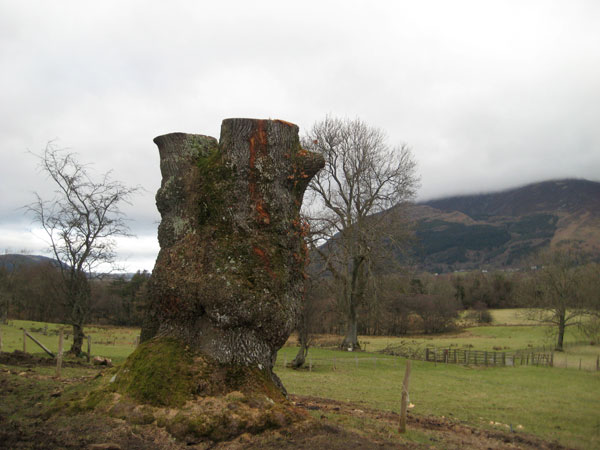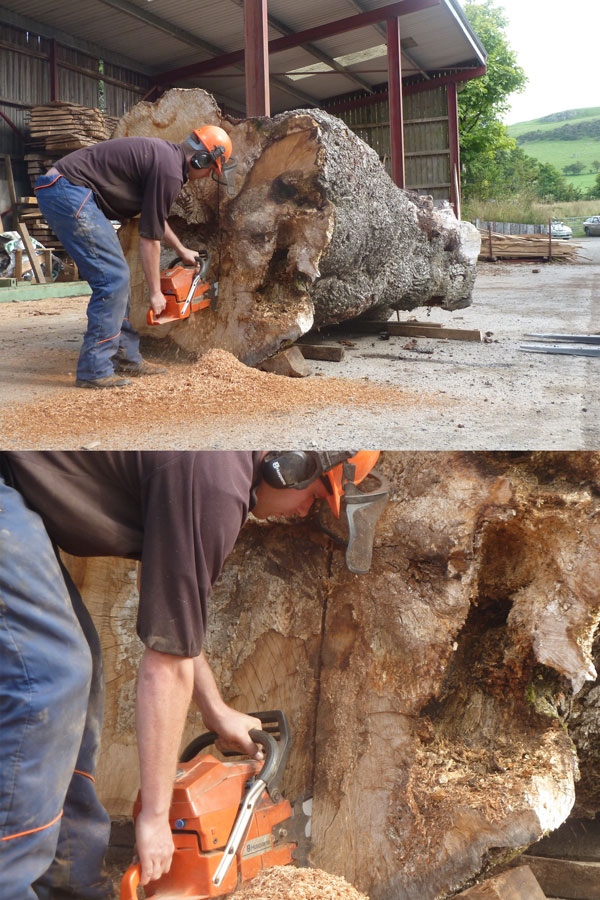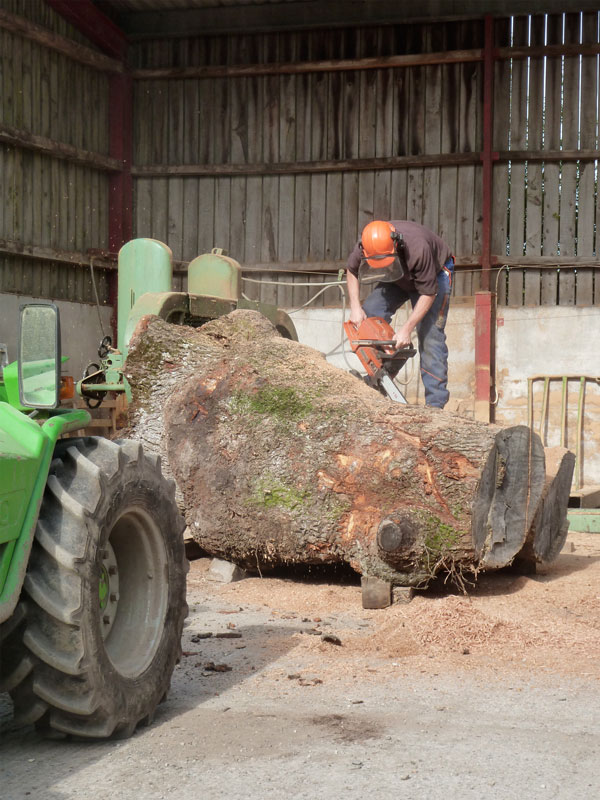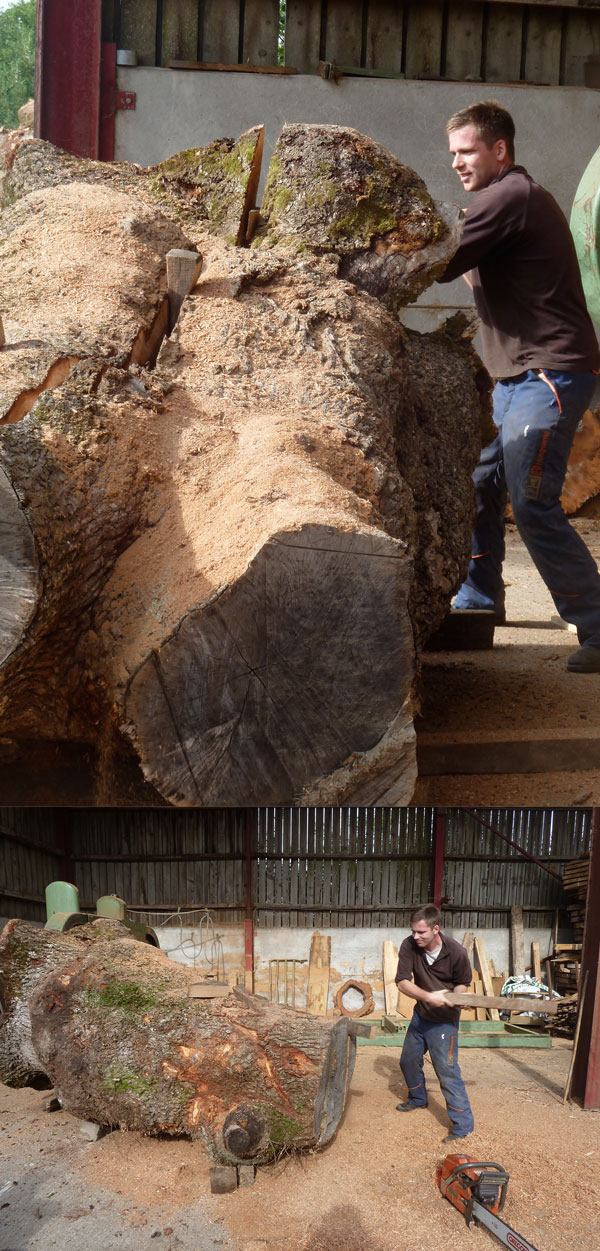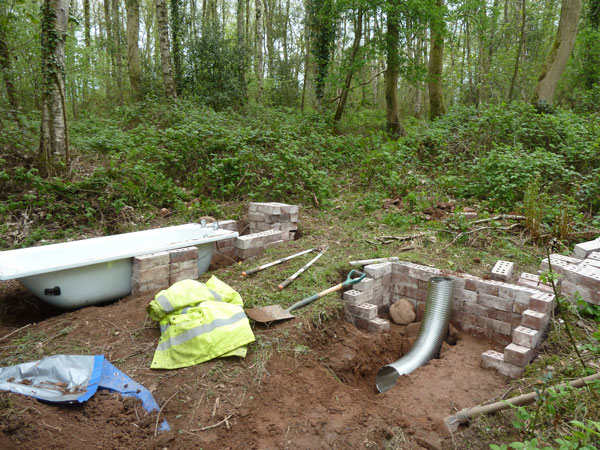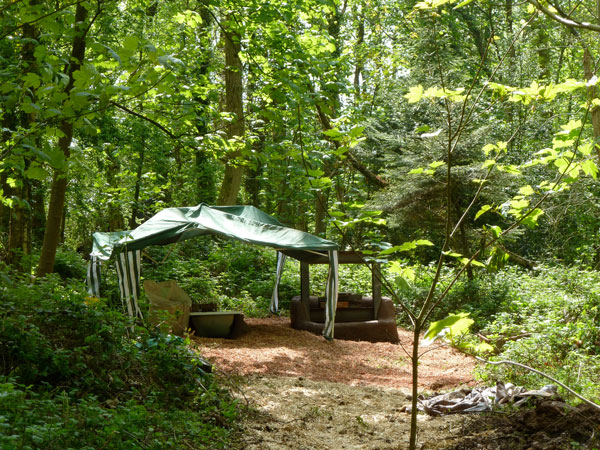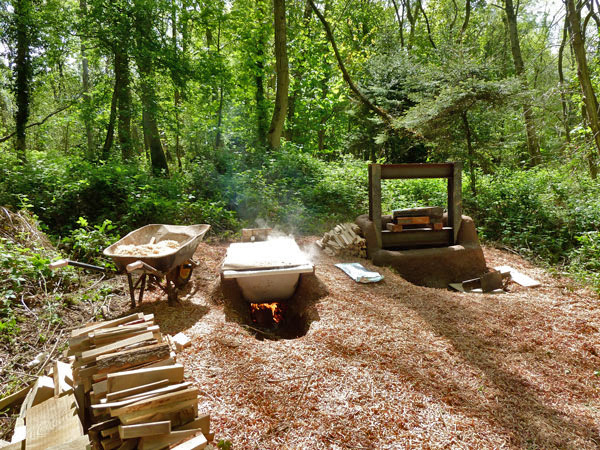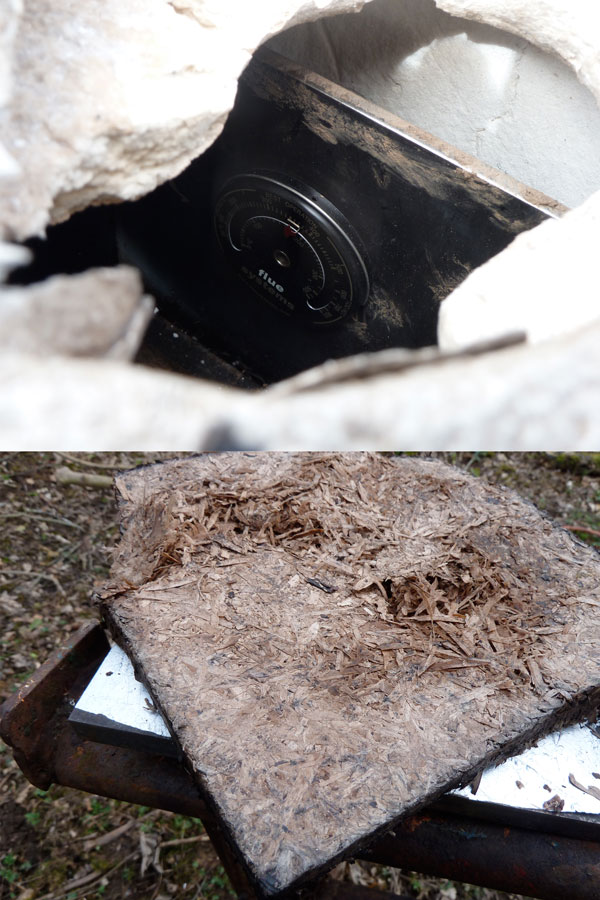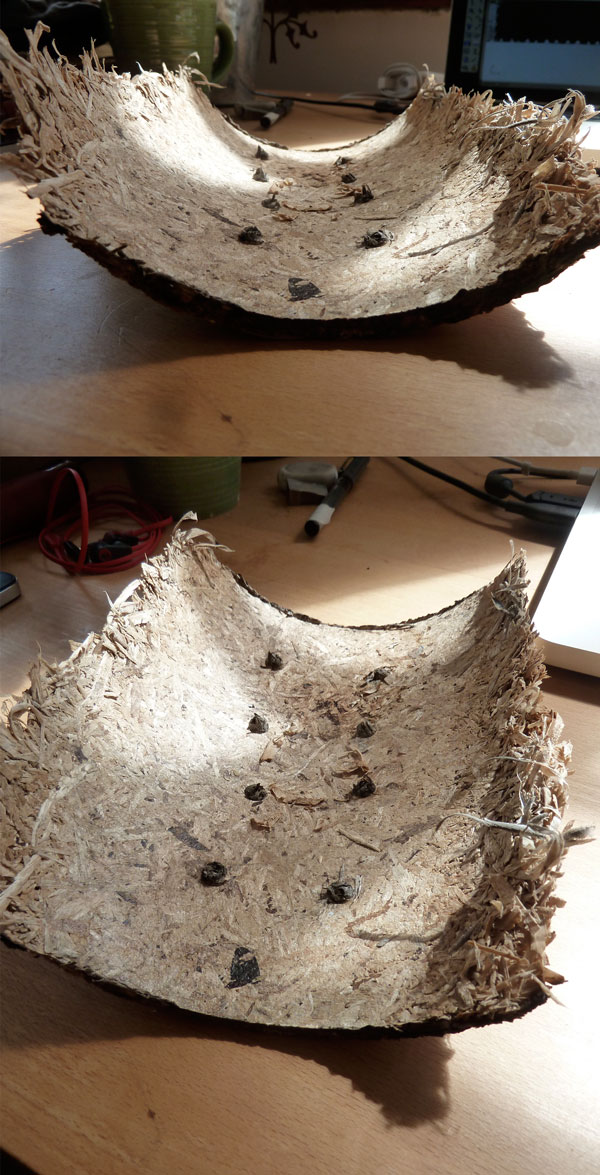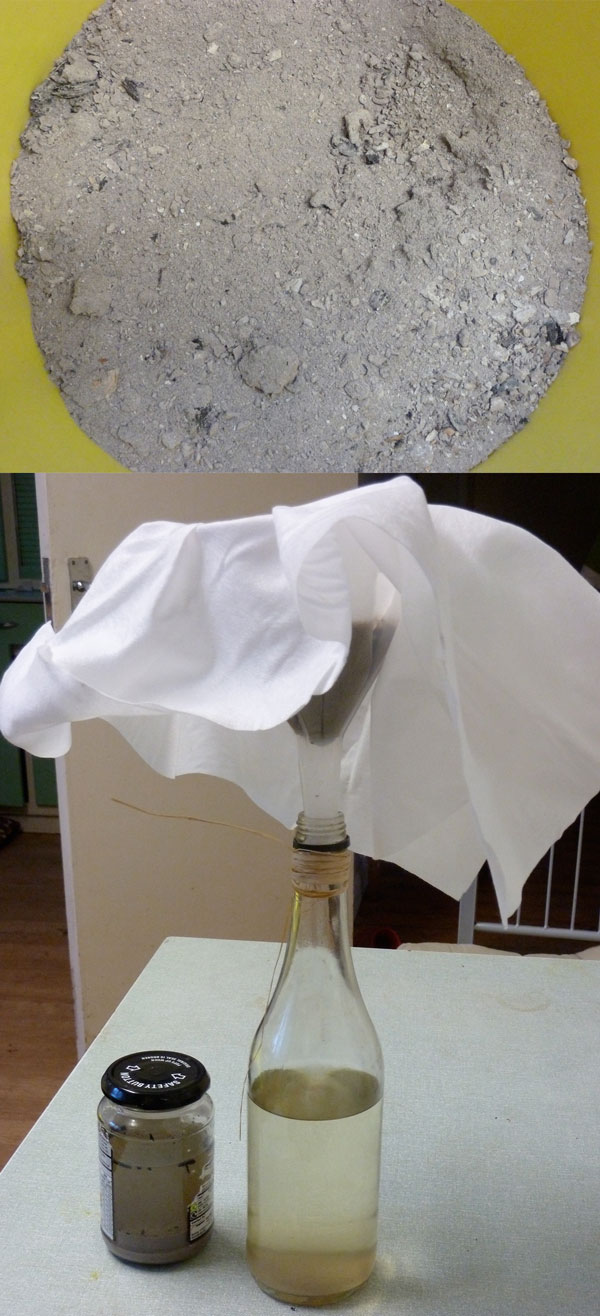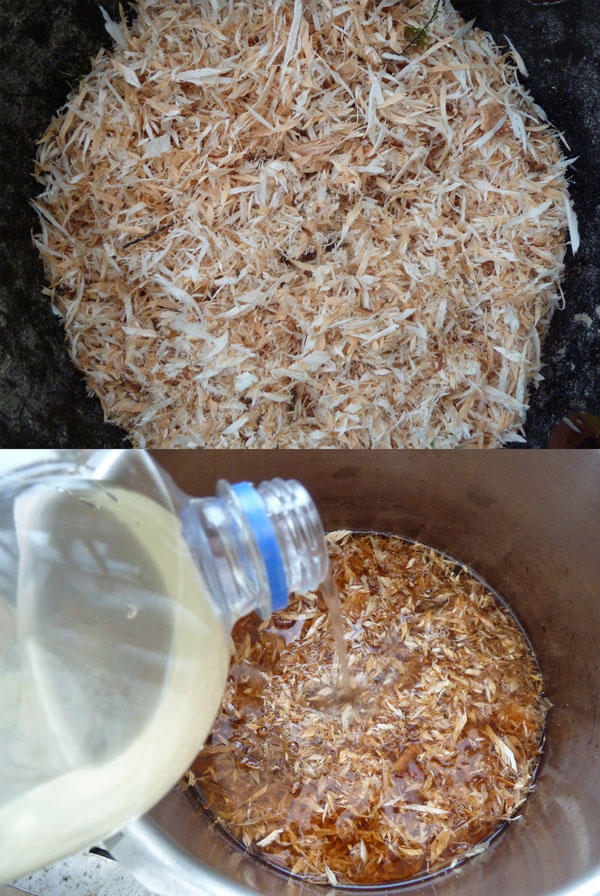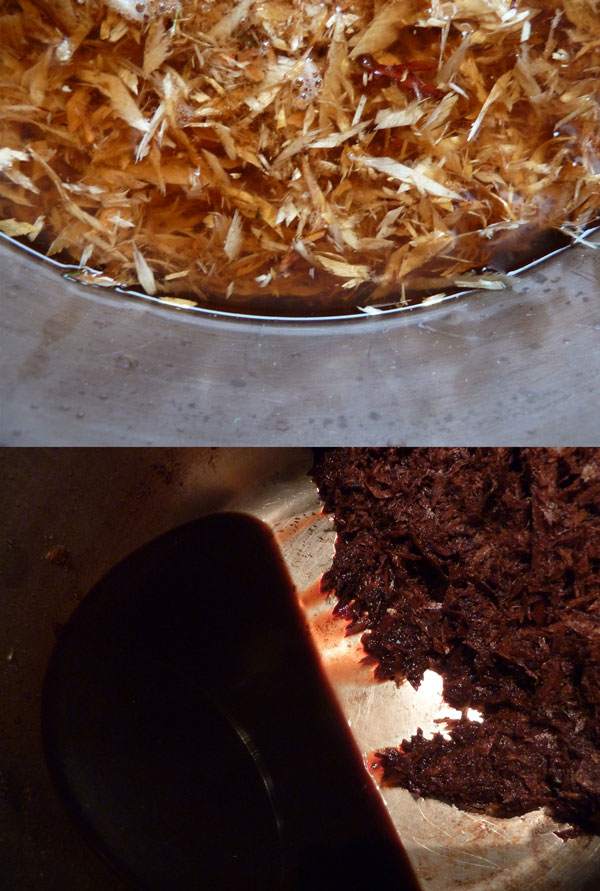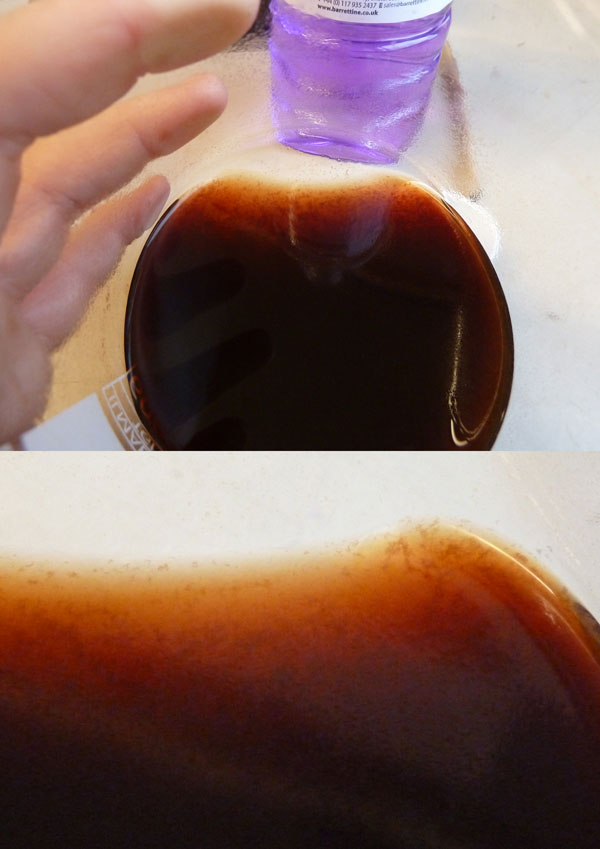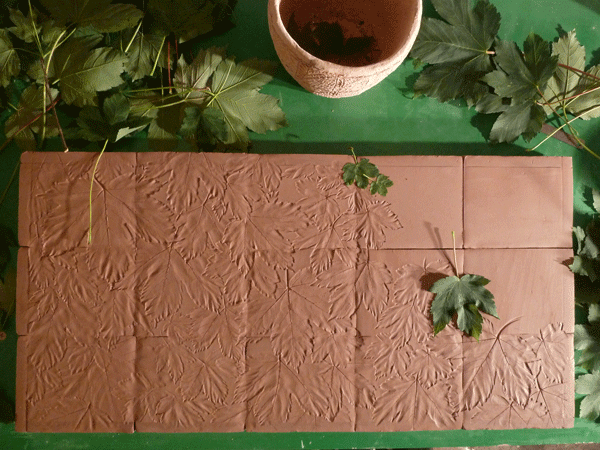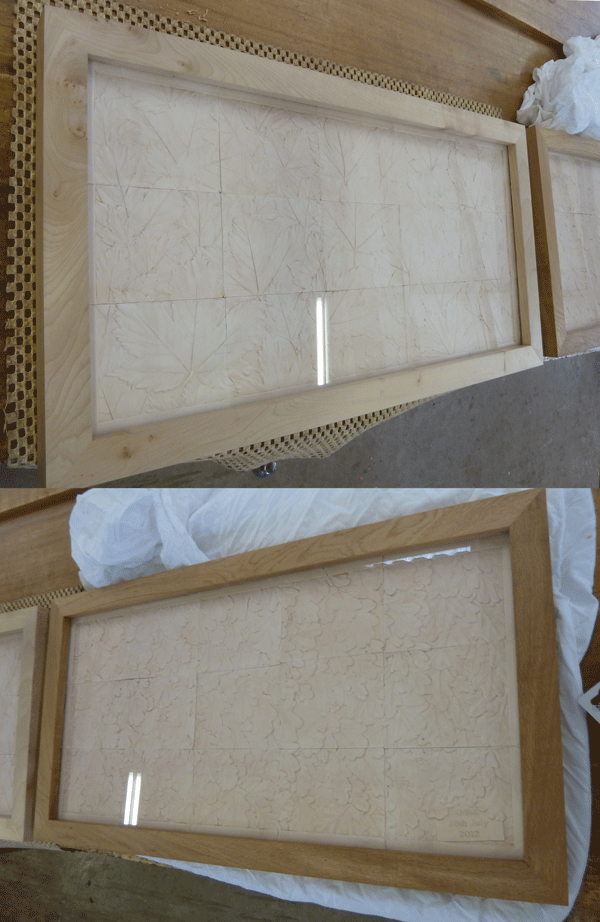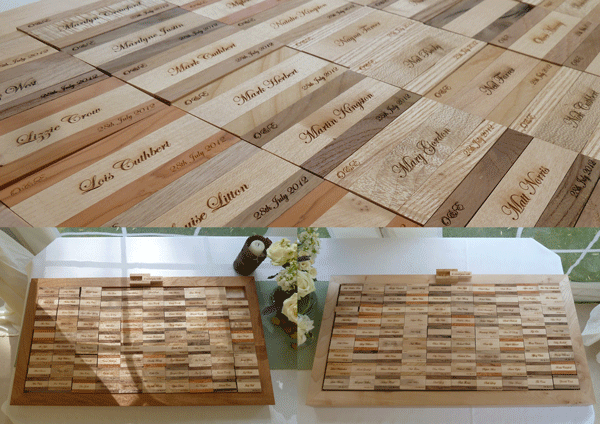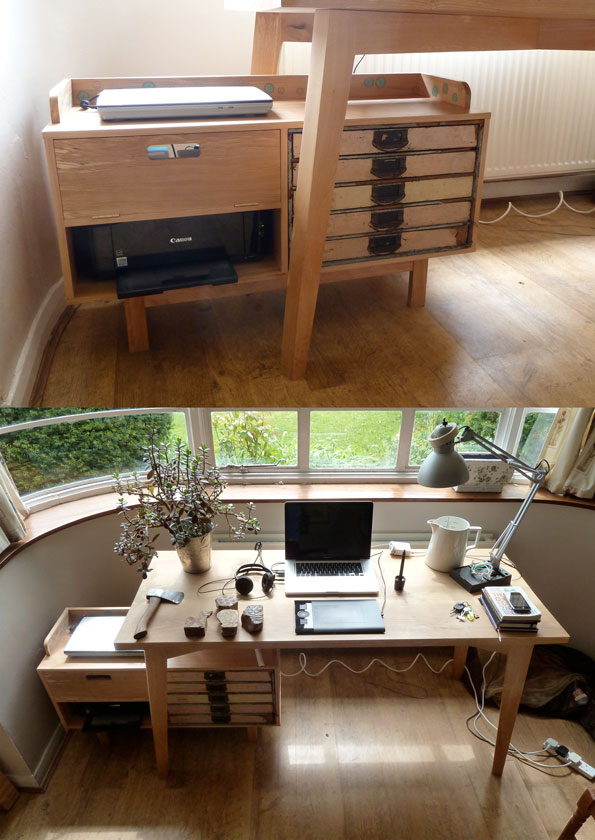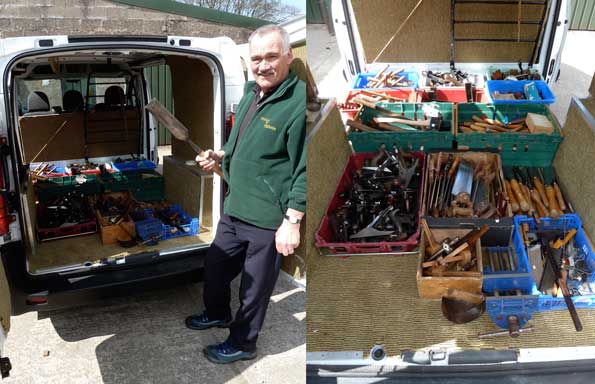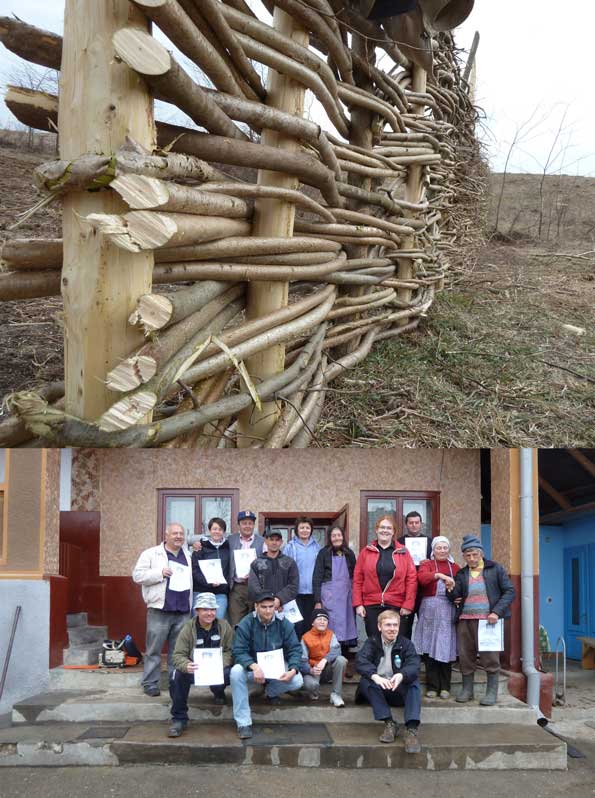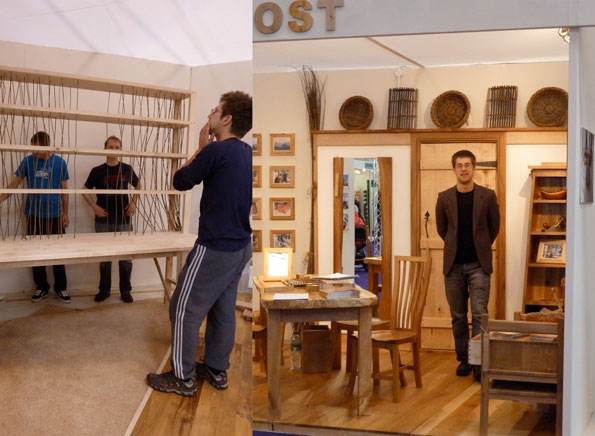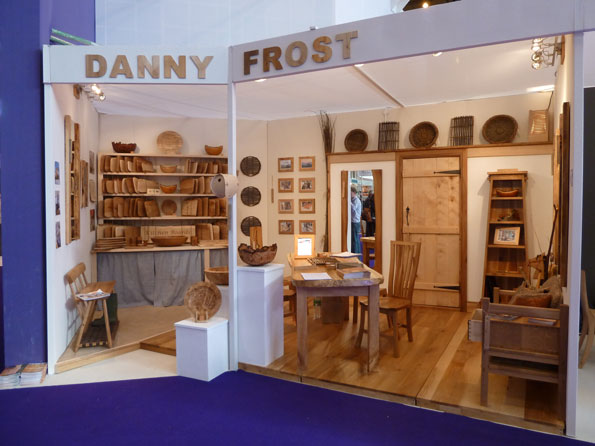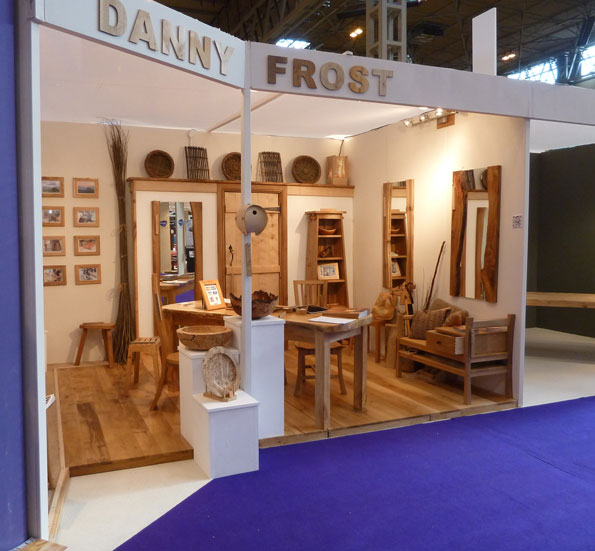What a fascinating history! Reading only a little way in I knew that I had the Shakers all wrong and that their story is worth knowing.
Firstly, it all started with a British woman, Ann Lee. Now you've got to remember that the early days of this story is set in the mid 1700's. Equality, fair wages, trade unions etc, the words probably didn't even exist. For a religious movement, fronted by a woman with very outrageous views for the time to get any attention is an achievement in its self. But after moving to America, in the ten years before her death, the Shakers bloomed and formed full-on communities during industrial revolution, civil war and economic unrest. They had some pretty strict rules, including no hanky-panky and equal ownership to everything, however, their equality between all humans, of any colour or sex, predates even the American Declaration of Human Rights. Going by the growth and success of the Shakers, its clear that their social structure had something good about it. Abolishing social hierarchy and sharing out equal responsibility gave everyone a purpose. The community was one and had to work as one for it to succeed.
In respect to Shaker style, the principles are also ruled by strict guidelines, all in the nature of worship with no profane distractions. Generally there was three colours, blue, green and white. Buildings of particular purpose could only be painted in the corresponding colour. The sexes were separated so buildings were split, however, both sides were exactly the same, equal. This lends itself to their balanced proportions.
The furniture was their big money spinner. Personally, all I see is World War II Utility furniture (I get into this later on) The designs are scaled back and the craftsmanship is the aesthetic. The Shakers worked on a form-follows-function idealism decades before the word Modernism was first strung together. They strived for perfection and purity in everything, and their built environment was how they manifested this. Design played a key role in ritual, daily worship, everyday functionality as well as identity. I'm looking forward to understanding more examples of their furniture and manufacture.
To completely separate themselves from the rest of the 'profane world' and create their own utopia may seem strange, it may seem idyllic, either way the people chose to be there, and could chose to leave, surrounded by all the unrest in America at the time, and despite their strict way of life, the Shaker way of life was a utopian World to thousands of people for hundreds of years. Communities still exist today.
Now, I'm no historian, and I haven't finished the book, but regardless, the Shakers have grabbed my attention. I must say, I'm not thinking about becoming "Pip, the word" and some of the extreme laws are a definitely off-putting, however the social frame of mind at the foundations of the Shaker movement is an interesting model for study.
Thinking about humanities techniques of survival in the face of social adversity, I can relate it to the momentous example of the British Home Front during World War II. It is human nature to group together and close inward as a form of protection. However, the scale and speed of organisation of the Home Front is an incredible achievement. Within months 90% of the country was ready for agriculture. Quantities of propaganda were designed and issued to instruct, educate and ease the public. Local community schemes were set up; street food scraps for chicken and pigs, gardens dug up for food, neighbourly spirit that is like a dream to us these days. It must be said that this community-working-together-ness was enforced by government law, however it was for a clear and obvious cause. We refer back to the community spirit and Nationalism with pride. Nowadays we have broken communities; pockets of individuals that have no purpose or hope, they exist, that is all. With no focus or channel for constructive expression is it any wonder that a whole generation fired up and run riot on the streets that serve only the corporate establishments built on commercialism and globalisation?
A year ago I was reading up about British furniture designer and manufacturer Gordan Russell and his crusade for good design during the early twentieth century. He followed the values of the Arts and Crafts movement, but being a bit of a realist thought it was a bit silly turning your backs on all machines completely. He was designing during the height of political, social and industrial higgidy-piggidy, but with the combination of design integrity (not ripping off previous design, designing to function and production) and responsible manufacture (giving your staff some decent air to breath, and high quality but keeping costs down for accessible purchasing) he had double the incentive to get out there and lecture the public about what they should demand from a cheating industry. And good on him!
And that is where Gordan Russell is my man. He was part of a group of designers and thinkers that recognised the social and industrial malpractice and preached against it. Before the World Wars it was an ongoing fight for change (although, they were trying to sell plain, boring Modernism to a Georgian-loving market) The irony is, the World Wars meant that politics stepped in and removed all other design choice away, replaced it with the Utility furniture scheme (Gordan was on the Board of Trade committee, where he enforced the Modernist ideals under the guise of Utility) the public hated it because it was plain and boring, but then after the war, Modernism was dynamite. 1951, the Festival of Britian and Gordan Russell was on fire! President of the Design Council he continued his crusade for good design through education and industrial promotion. The design industry in Britain has flourished ever since.
Hundred years on and I can't help but feel we've gone full circle. We are faced with mass-produced everything, value is lost, waste increases and resources deplete in the background. Time ticks away and while more recognition pops up in media, on the streets ignorance is bliss when it means you can watch your uber cool 64" plasma screen. Profits take priority over the bigger picture. Individuals exploit the masses, the masses are ambivalent, et cetra et cetra. It makes my head spin, thats why I like to read about people like Gordan Russell and Ann Lee that saw a way forward and did it for themselves. It rung true for the people around them, Gordan Russell in Government, Ann Lee with her equality-loving followers.
The big thing that seems to treacle away time and time again is VALUE. To value someone or something is to care and appreciate. To understand its qualities and treat it with respect.
Were design played a vital role in identity and spiritual ritual for the Shakers, and survival and education for the Home Front, design since the late 20thC to now seems to have played its own part in the difficulties we face today.
With mass production, products have become cheaper, and the throw away culture began, the life span of a product was shortened and now people go shopping with the 'temporary solution' attitude. In reaction to this the manufacturers have to bring out the next, new product, far more impressive and necessary! than the last. Slowly over time, the market is becoming dominated by a only a handful of shops, and even those are competing over designs of the same function and slightly varying appearance. In a global industry the market is saturated and commercial and materialistic success is the be-all.
For the craft industry, competing with the speed and price of mass production has become almost suicidal. The scary thing for me is to think that the world has forgotten what value a piece of art or furniture or pottery deserves. Has it forgotten that a high price doesn't have to equal a label of kudos, but instead a standard for craftsmanship, honesty in material, individualism and everlasting? Does it appreciate that something bespoke and handmade is created at the rate of the makers skills and experience? Is the desire to have 'slow-products' still there in peoples psyche, or will they never wake up from the convenience, and damaging, mass-produced dream?
And for me, design is the desire, cause, solution and hope for whatever has gone and whatever happens next.
